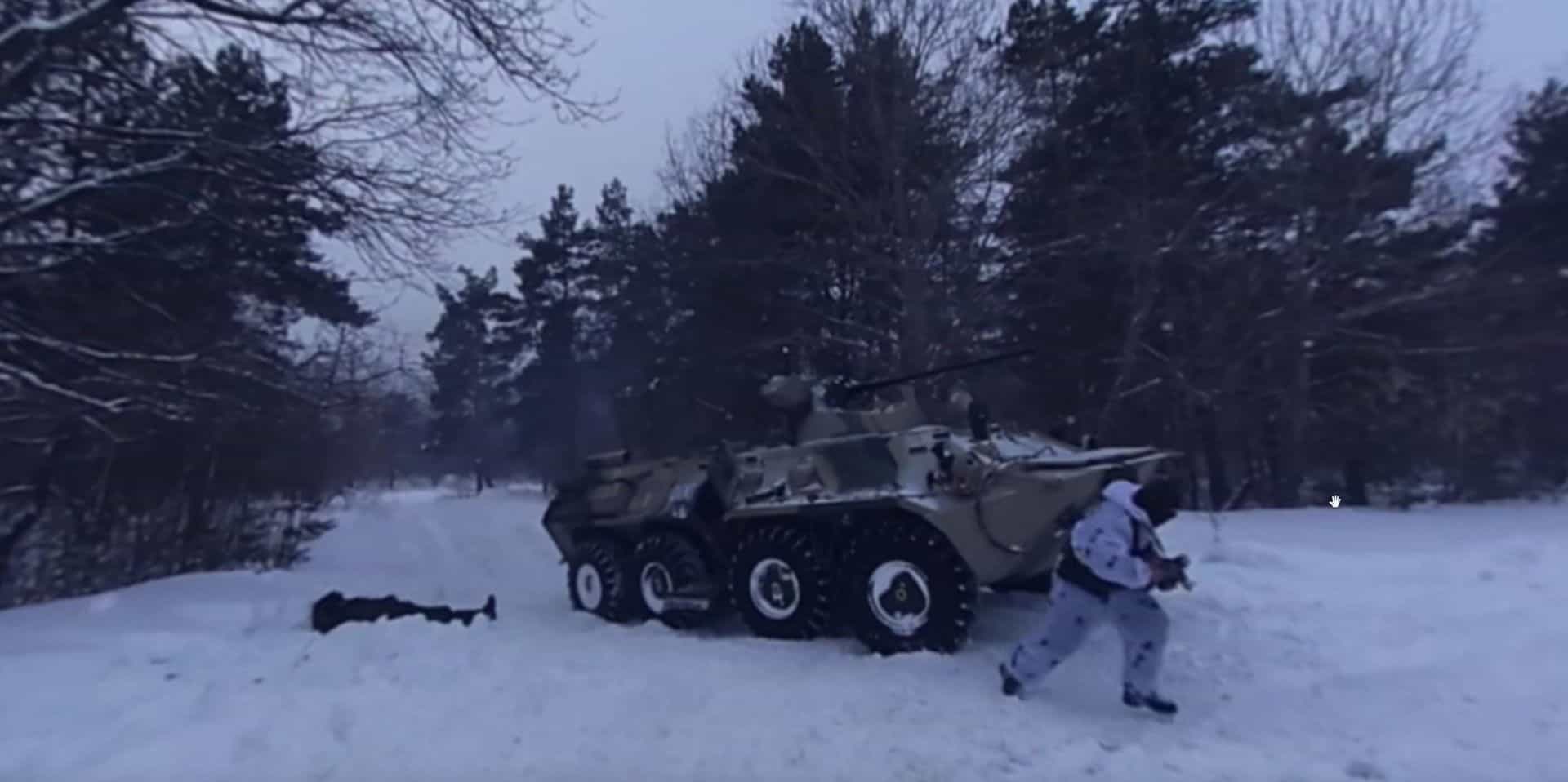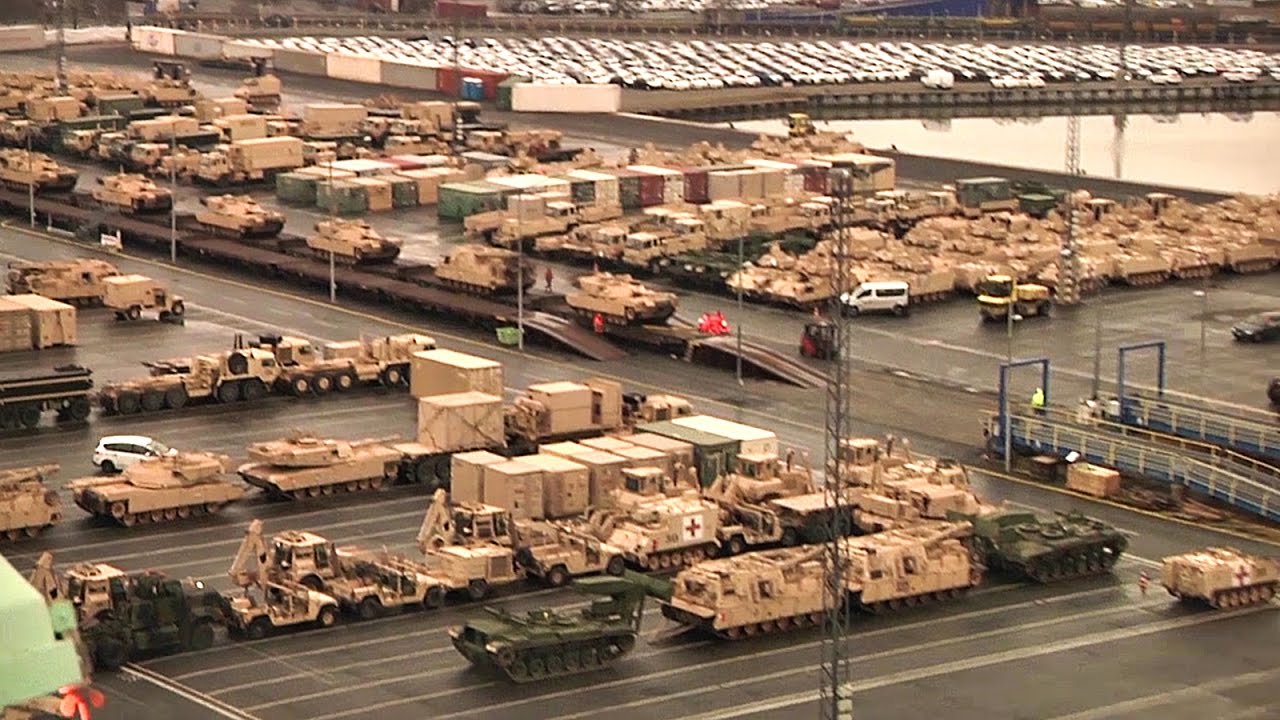Su-37 Terminator Ultra Manuevrability
The Su-37 multirole, all-weather fighter aircraft demonstrator is derived from the family of aircraft based on the Su-27, which was developed in 1977 by the Sukhoi Experimental Design Bureau in Moscow and is in service with the Russian Air Force and a number of other countries. This family also includes the Su-27UB, Su-30, Su-33, Su-32FN and Su-35, and has the Nato codename Flanker. The Russian Air Force is currently operating two Su-37 aircraft. The new feature of the super-manoeuvrable Su-37 fighter is the two-dimensional thrust vector control engines, which allow the aircraft to recover from spins and stalls at almost any altitude, while it is also equipped with full digital fly-by-wire controls. The first flight of the Su-37 prototype was in April 1996, with a public appearance at the Mosaero show. This was followed by a demonstration flight at the Farnborough 1996 Airshow. The aircraft demonstrated new manoeuvres, such as the ability to point the nose away from direction of flight for sustained periods, rotating the nose through 360° and recovering from tail slide by rolling into an entirely different plane. State funding for the aircraft was withdrawn for a time, but it was restored in 1999 and Su-37 is undergoing flight testing. The Su-37 all-weather multirole fighter aircraft can fly at a maximum speed of 2440km/h. The range and service ceiling of the aircraft are 3700km and 18000m respectively and the aircraft weighs around 18500kg.









